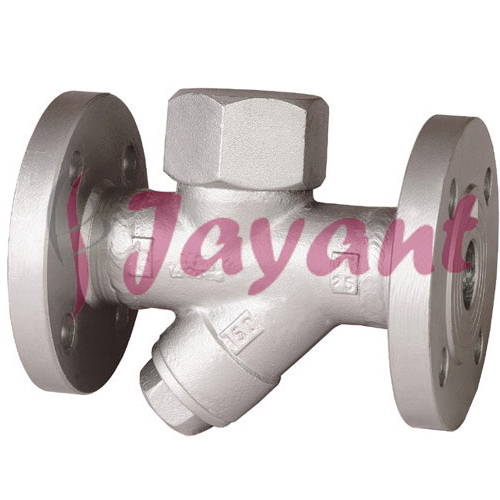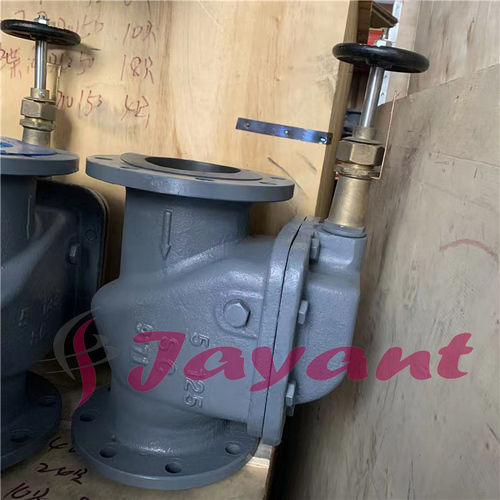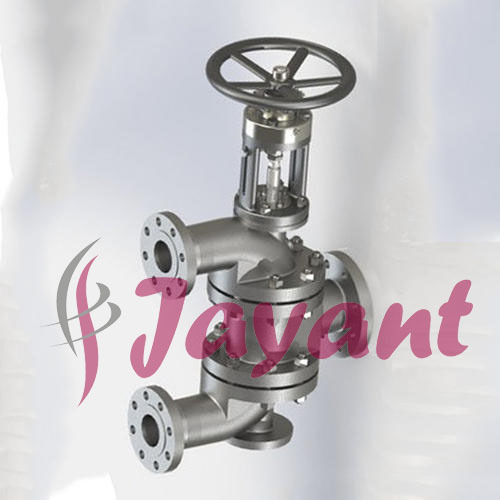

Thermodynamic Steam Trap
Product Details:
- Size 1-1/2"
- Color Silver
- Product Type Valve
- Weight 7 Kilograms (kg)
- Usage Control of Fluid
- Structure Control
- Power Manual
- Click to view more
Thermodynamic Steam Trap Price And Quantity
- 2500.00 - 25000.00 INR/Number
- 2500 INR/Number
- 1 Number
Thermodynamic Steam Trap Product Specifications
- Silver
- Water Gas Oil Acid Base
- Control of Fluid
- 7 Kilograms (kg)
- Valve
- 1-1/2"
- Manual
- Control
- Medium Pressure
Thermodynamic Steam Trap Trade Information
- Cash on Delivery (COD) Letter of Credit (L/C) Cash Advance (CA) Telegraphic Transfer (T/T) Cheque
- 10 Number Per Day
- 1 Week
- As per client details
- Central America Australia Eastern Europe Middle East South America Asia Western Europe North America Africa
- All India
- ISO, Hyrdo Report, Dimension report
Product Description
The thermodynamic trap is an extremely robust steam trap with a simple mode of operation. The trap operates by means of the dynamic effect of flash steam as it passes through the trap The only moving part is the disc above the flat face inside the control chamber or cap.On start-up, incoming pressure raises the disc, and cool condensate plus air is immediately discharged from the inner ring, under the disc, and out through three peripheral outlets
Hot condensate flowing through the inlet passage into the chamber under the disc drops in pressure and releases flash steam moving at high velocity. This high velocity creates a low pressure area under the disc, drawing it towards its seat
At the same time, the flash steam pressure builds up inside the chamber above the disc, forcing it down against the incoming condensate until it seats on the inner and outer rings. At this point, the flash steam is trapped in the upper chamber, and the pressure above the disc equals the pressure being applied to the underside of the disc from the inner ring. However, the top of the disc is subject to a greater force than the underside, as it has a greater surface area.
 English
English Spanish
Spanish French
French German
German Italian
Italian Chinese (Simplified)
Chinese (Simplified) Japanese
Japanese Korean
Korean Arabic
Arabic Portuguese
Portuguese










